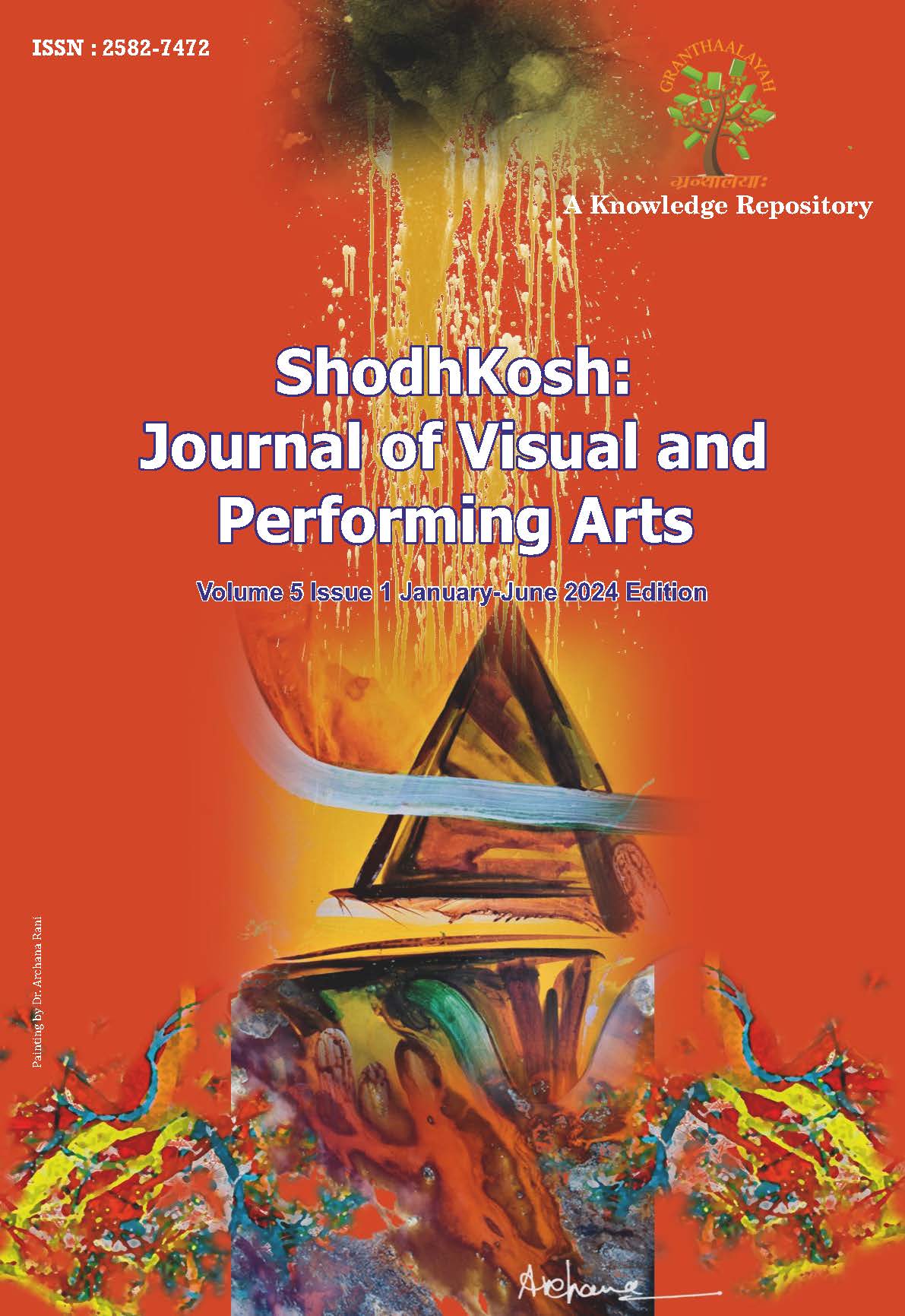STYLISTIC ANALYSIS OF EARLY 20TH CENTURY ARCHITECTURE OF IMPERIAL CITY
DOI:
https://doi.org/10.29121/shodhkosh.v5.i1.2024.1643Keywords:
Neoclassical, Colonial, Modernism, Expressionism, ImperialAbstract [English]
Calcutta’s established role as India’s premier city from 1774 was increasingly questioned due to its climate and geographic location particularly in the context of British governance and control. By 1857, during the Mutiny, the limitations of Calcutta as the capital became evident, leading Viscount Canning to relocate the British administration to Allahabad. The debate over relocating the capital continued, culminating in 1911 with Hardinge’s proposal to move it to Delhi. This move was seen as a strategic and symbolic shift, with Delhi’s central location and historical significance making it an ideal choice to represent British imperial power. The decision to build a new capital in Delhi, designed by Sir Edwin Lutyens, was driven by the desire to create a city that embodied both the grandeur of British rule and the historical continuity of India's ancient capitals Jain (1991). Lutyens’ design, characterized by grand processional avenues, monumental plazas, and imposing facades, was intended to project a vision of peaceful dominance and dignified governance. The new city, initially called Imperial Delhi, aimed to reflect the achievements of British rule and serve as a backdrop befitting an empire of Rome’s magnitude. This paper examines the architectural and symbolic values embedded in Lutyens’ design for Imperial Delhi, focusing on its grandiose urban elements and their intended impact. It also explores how contemporary interventions have altered this historic urban landscape, reshaping the legacy of what was envisioned as a majestic symbol of British imperialism. Through this analysis, the paper seeks to understand the evolving significance of Delhi's architectural heritage and its transformation in the modern era.
References
Irving, Robert Grant (1984), “Indian Summer : Lutyens, Baker and Imperial Delhi”, Yales University Press, London.
Jain A.K. (2010), “LUTYENS DELHI”, Bookwell, New Delhi.
Jain, Uttan (1991), “Modern Architecture in India”, Journal of the Indian Institute of Architects, 37(1) : 17-20. DOI: https://doi.org/10.1177/0019556119910102
Lang Jon, Desai Madhavi and Desai Miki (1997), “ARCHITECTURE AND INDEPENDENCE - The Search for Identify-India 1880 to 1980”, Oxford University Press, Delhi.
Lang, Jon (2000), “A Concise History of Modern Architecture in India”, Permanent Black, Delhi.
Metcalf, Thomas R. (1989), “An Imperial Vision : Indian Architecture and Britain’s Raj”, Faber and Faber, London and Bosto.
Mitter, Partha (1994), “Art and Nationalism in Colonial India”, Cambridge University Press, Cambridge.
Tillotson, Giles H.R. (1989), “The Tradition of Indian Architecture : Continuity, Controversy and Change Since 1850”, New Haven, CN : Yale University Press.
Published
How to Cite
Issue
Section
License
Copyright (c) 2024 Dr. Pankaj Chhabra, Silia Grover

This work is licensed under a Creative Commons Attribution 4.0 International License.
With the licence CC-BY, authors retain the copyright, allowing anyone to download, reuse, re-print, modify, distribute, and/or copy their contribution. The work must be properly attributed to its author.
It is not necessary to ask for further permission from the author or journal board.
This journal provides immediate open access to its content on the principle that making research freely available to the public supports a greater global exchange of knowledge.































